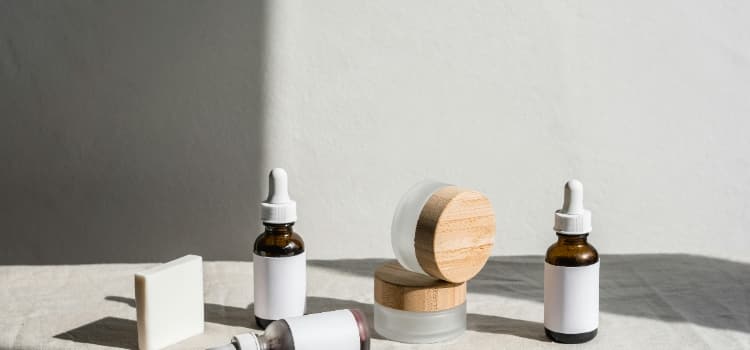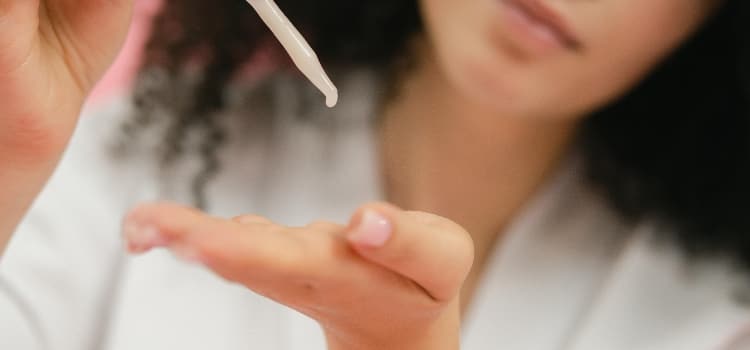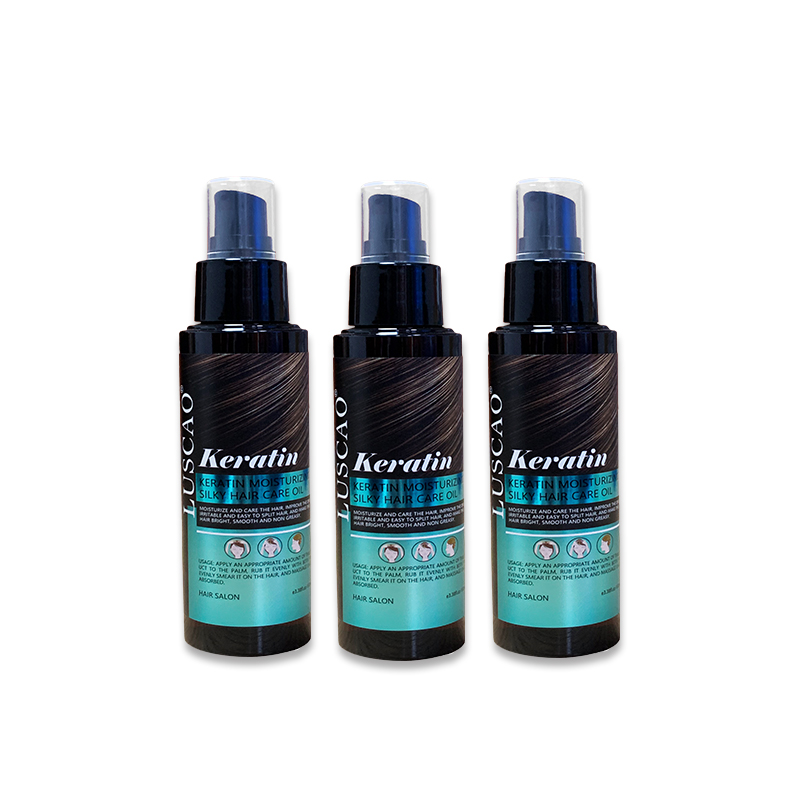How to Start Selling Cosmetics on Amazon: Step-by-Step Guide for Beauty Brands & Private Label Sellers
Launching your own cosmetics brand on Amazon sounds exciting — but without the right foundation, it can quickly become overwhelming and costly.
Whether you’re a startup founder, a private label buyer, or an OEM/ODM cosmetics brand, this guide will walk you through the exact steps to start — and scale — your Amazon store properly.

Step 1: Research Your Niche & Understand the Competition
Before you list your beauty product, you need to know who you’re up against.
Start with:
- Keyword research (use tools like Helium 10 or Jungle Scout)
- Best-seller reviews and pain points
- Category trends in skincare, makeup, or haircare
Pro Tip: Look for underserved niches — like sensitive-skin cleansers, vegan lip tints, or K-beauty serums under $30.
Step 2: Register Your Amazon Seller Account
You’ll need a Professional Selling account to access features like advertising, FBA analytics, and storage.
Quick breakdown:
- Go to sellercentral.amazon.com
- Choose “Professional Seller” plan ($39.99/month)
- Prepare business info: phone number, ID/passport, business license, bank account, and tax ID (U.S. or international)
- Choose your brand or store name carefully — it becomes part of your Amazon identity
Important: Select “Beauty & Personal Care” or “Health & Household” as your category — depending on your product type.

Step 3: Understand Amazon’s Cosmetic Regulations
Beauty is a restricted category. That means extra paperwork — but also higher barriers to entry (and less competition).
Here’s what you likely need:
Valid product labeling (INCI names, net content, directions for use)
Compliance with FDA regulations (especially for claims like “anti-aging” or “acne treatment”)
MSDS (Material Safety Data Sheet) for liquids or creams
Certificate of Analysis (CoA) for active ingredients or skin contact products
Brand authorization or trademark (recommended via Amazon Brand Registry)
Pro Tip: Work with a GMP-certified skincare manufacturer that can provide documentation upfront — it saves weeks of back-and-forth.
Step 4: Source & Brand Your Cosmetics — or Choose Private Label
You have three main routes:
- Launch your own formula with an OEM/ODM partner (best for innovation)
- Choose private label products with customizable packaging
- Wholesale name-brand beauty products (higher cost, lower margin)
If building a brand is your focus, choose a manufacturer experienced in Amazon requirements (compliance, barcodes, SDS, etc.) and request samples, MOQ terms, and ingredient transparency.
Don’t forget:
- Logo design
- Packaging design & claims accuracy
- Barcode (UPC/EAN)/FNSKU registration
- Shelf-life labeling
Step 5: Choose Fulfillment: FBA or FBM
FBA (Fulfillment by Amazon):
1. Amazon stores, packs, ships, and handles customer service from their warehouse
2. Increases Prime eligibility and Buy Box priority
3. Requires barcode labeling and prep
FBM (Fulfilled by Merchant):
1. You store and ship the orders yourself or through 3PL
2. More control, but higher workload
Recommendation: For skincare, FBA is typically best — especially for scaling, faster delivery, and Prime customer trust.
Step 6: Create Optimized Product Listings
This is where many beauty businesses fail.
Your listing must include:
Keyword-Rich Product Title
- Include brand name, product type, benefit, and key feature (e.g., “Hydrating Face Serum with Hyaluronic Acid – Vegan & Fragrance-Free – 1oz by [Brand Name]”)
Bullet Points That Sell
- Focus on benefits before ingredients (hydration, glow, anti-aging, oil control, etc.)
- Use keywords naturally
High-Quality Images
- White background main image
- Lifestyle and texture shots
- Before/after or demo visuals
A+ Content
- Available after Brand Registry
- Add infographics, comparison charts, and usage instructions
Backend Search Terms
- Add all relevant, misspelled, and long-tail keywords (hidden but indexed)
Step 7: Set Up Advertising & Promotions
Amazon is pay-to-play.
Start with:
- Sponsored Products campaigns (auto and manual)
- Sponsored Brands (once trademarked)
- Lightning Deals or Coupons (for early traction)
- Influencer collaborations or Amazon Live events
Pro Tip: Allocate at least $500–$1,000 monthly in early advertising and test different creatives.
Step 8: Collect Reviews & Build Brand Trust
Social proof drives sales. Fast.
But don’t violate Amazon’s strict review policies with fake or incentivized comments.
Instead:
- Enroll in Amazon Vine (free products to verified reviewers)
- Use “Request a Review” button for organic outreach
- Design great packaging with shareable inserts
- Offer excellent customer service (with fast FBA response)
Step 9: Monitor, Optimize, Scale
Amazon success requires constant tracking.
Key metrics to watch:
- Conversion rate
- Return/refund reasons
- Ad spend vs. revenue (ACoS/ROAS)
- Star ratings and review keywords
- Inventory management
Tools like Helium 10, Sellzone, and DataHawk can help you stay ahead.
Conclusion
Selling cosmetics on Amazon isn’t a hack or shortcut to success — it’s a proven business model for brands who do it right.
If you follow the process — from regulatory prep to optimized listings and real user feedback — Amazon can become a major global sales channel for your skincare or makeup brand.
The platform rewards quality, consistency, and compliance. And with the right manufacturer and launch strategy, your beauty business can build visibility, trust, and monthly recurring revenue from millions of loyal shoppers.
—
Need help creating Amazon-compliant, private label beauty products?
 The Ultimate Game-Changer for Damaged Hair: Discover the Power of Liquid Keratin Hair Masks
The Ultimate Game-Changer for Damaged Hair: Discover the Power of Liquid Keratin Hair Masks
 Keratin Hair Oil: The Quick Fix for Frizz-Free, Healthy Hair
Keratin Hair Oil: The Quick Fix for Frizz-Free, Healthy Hair

